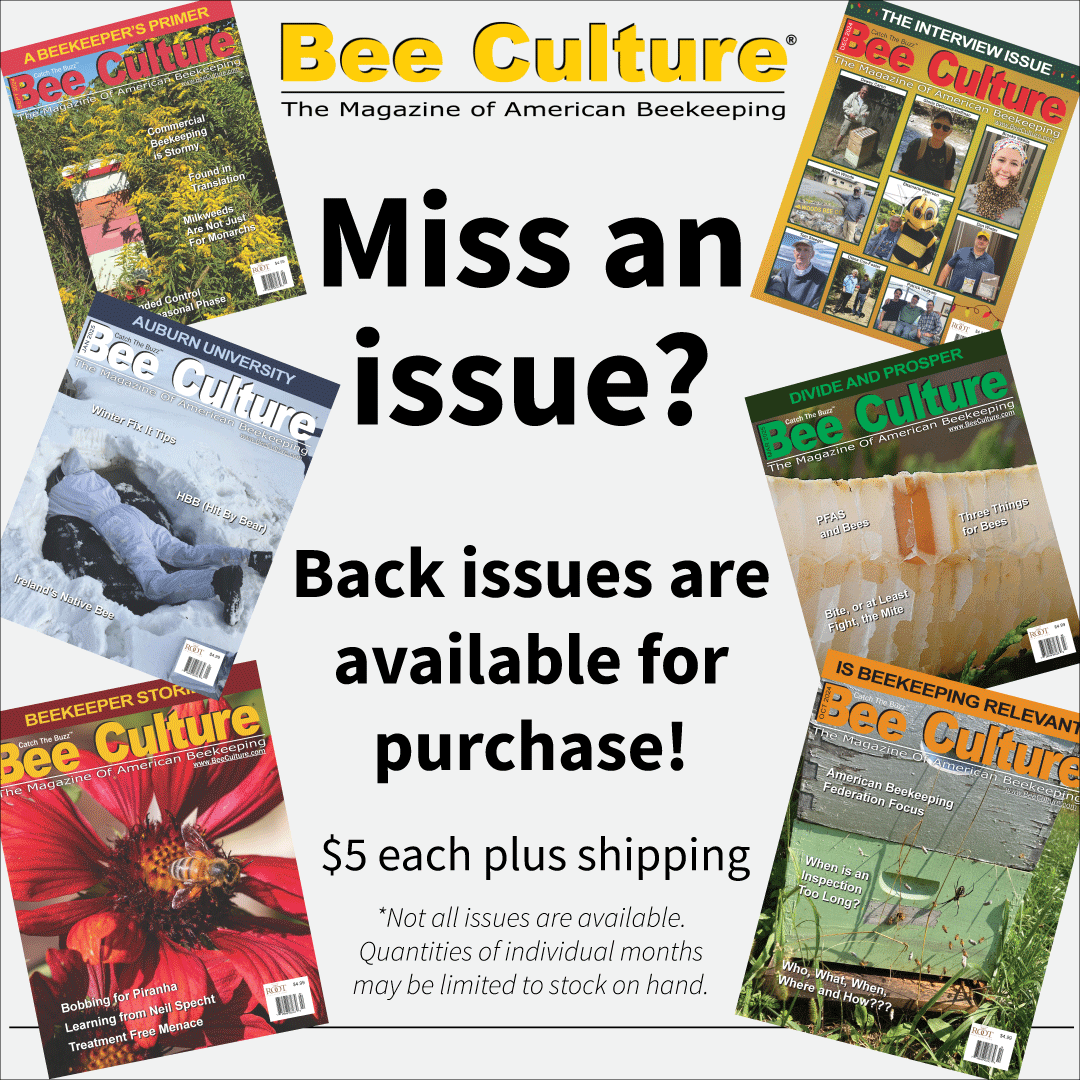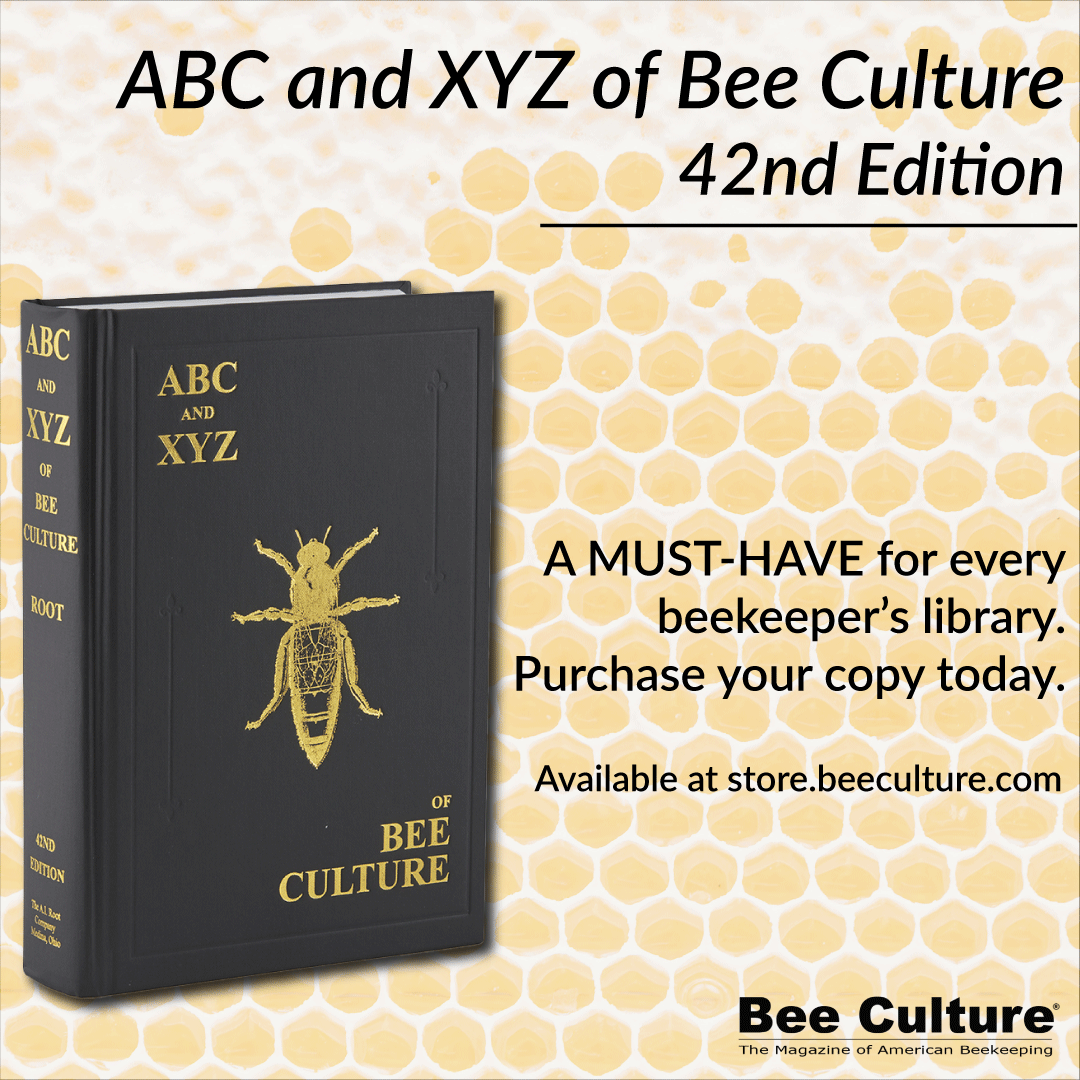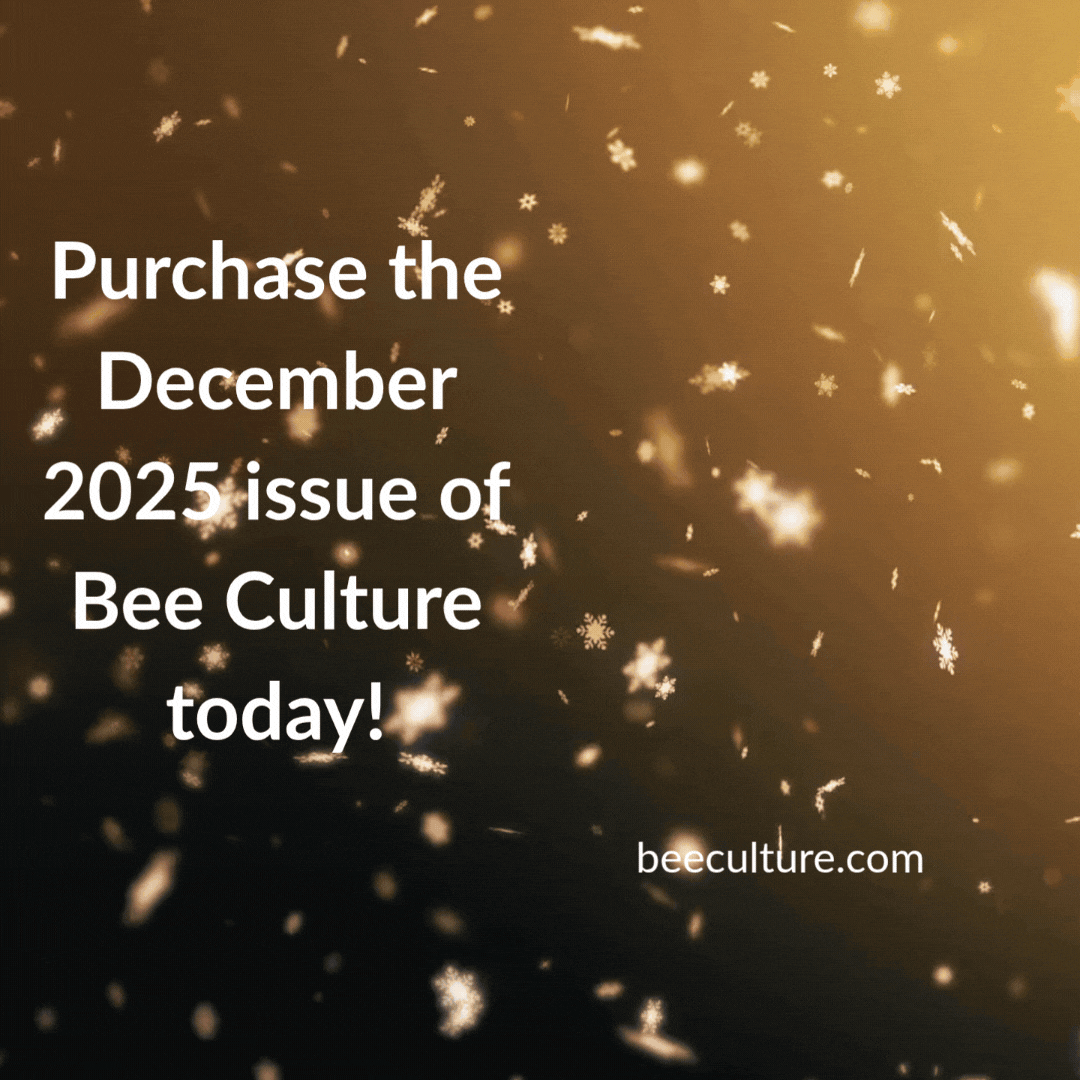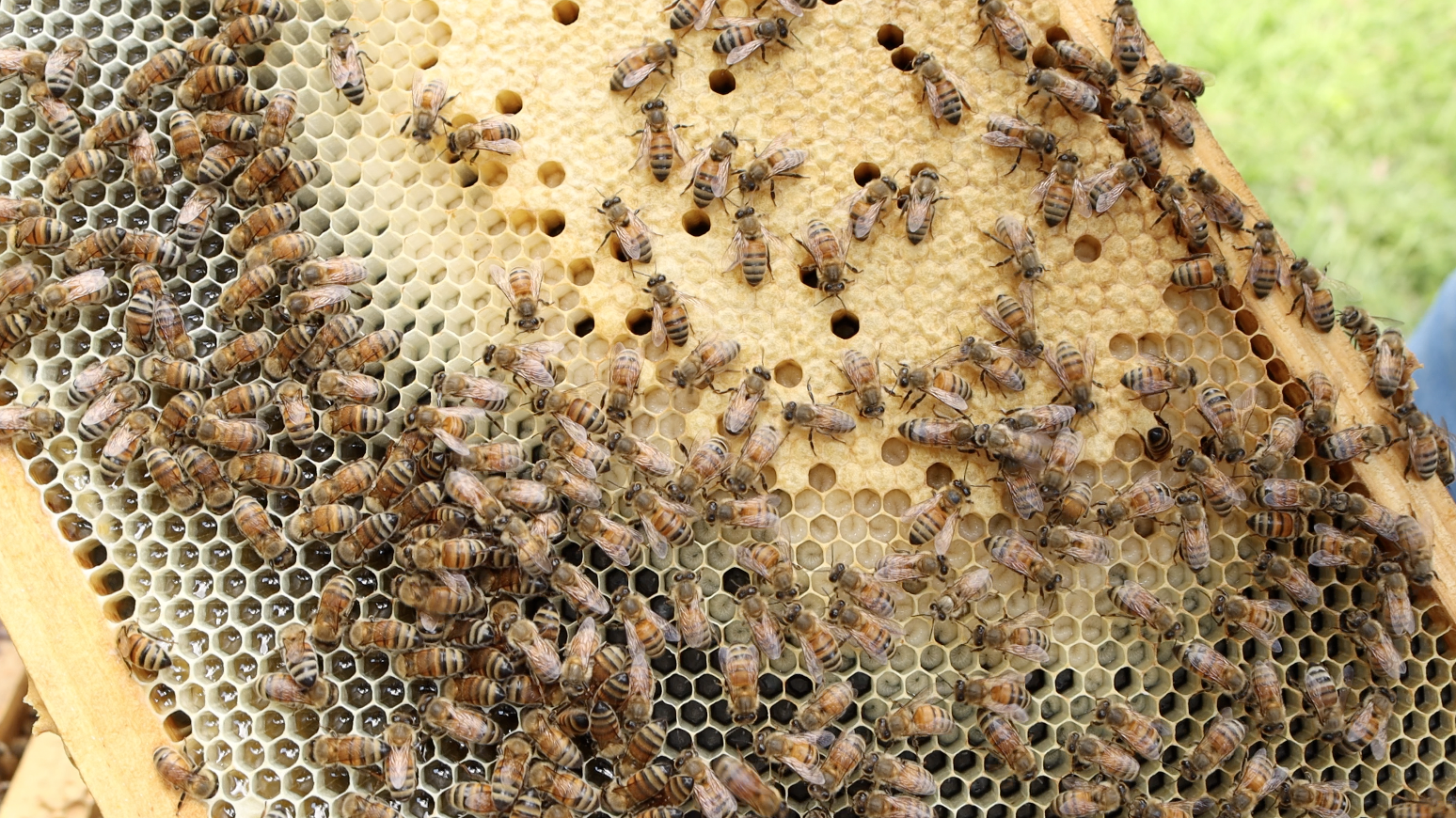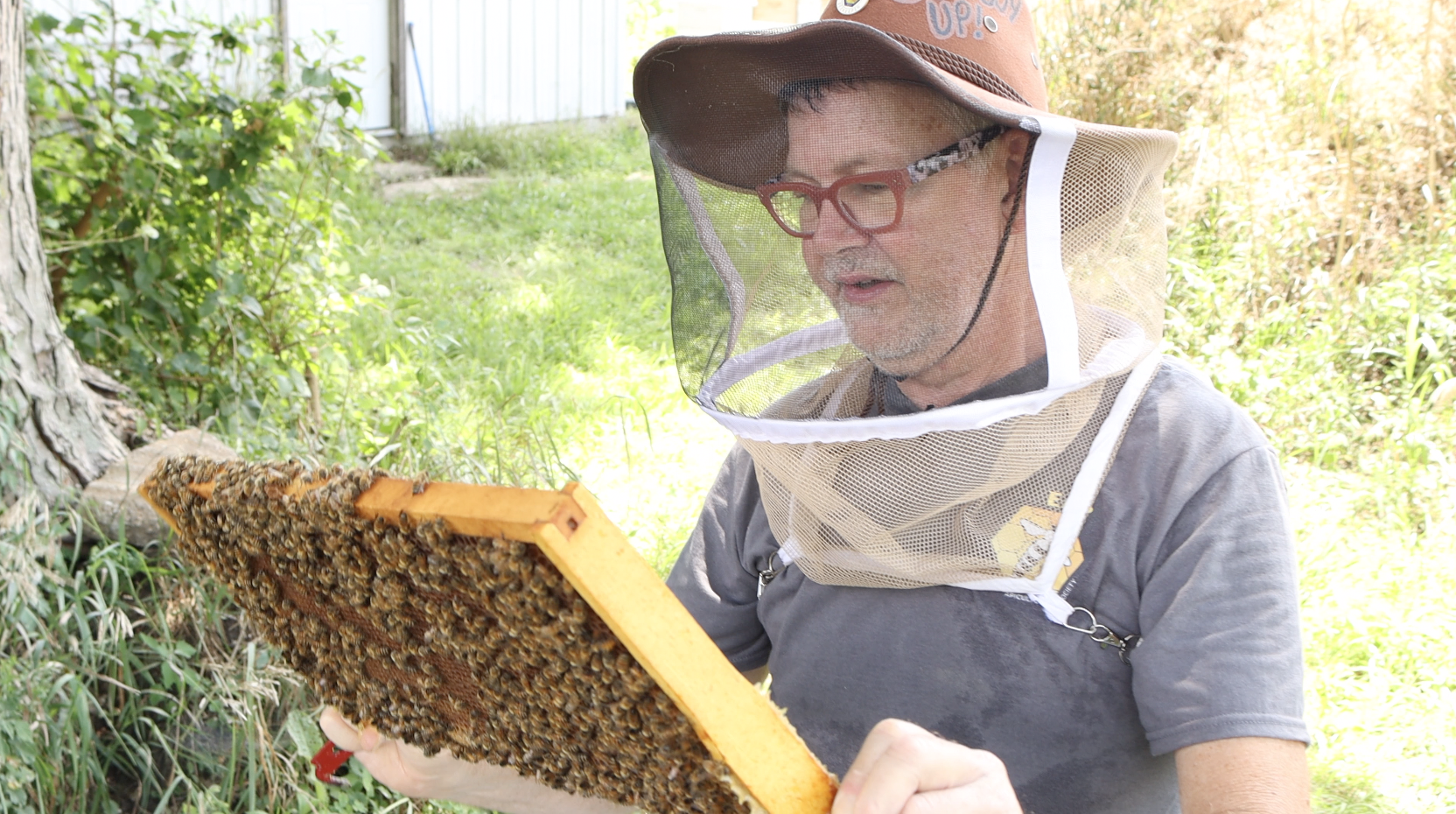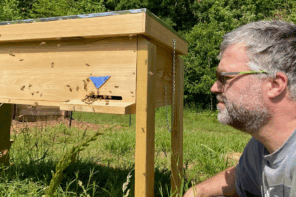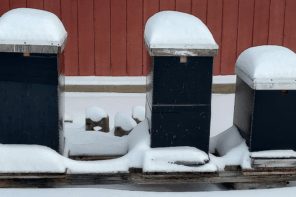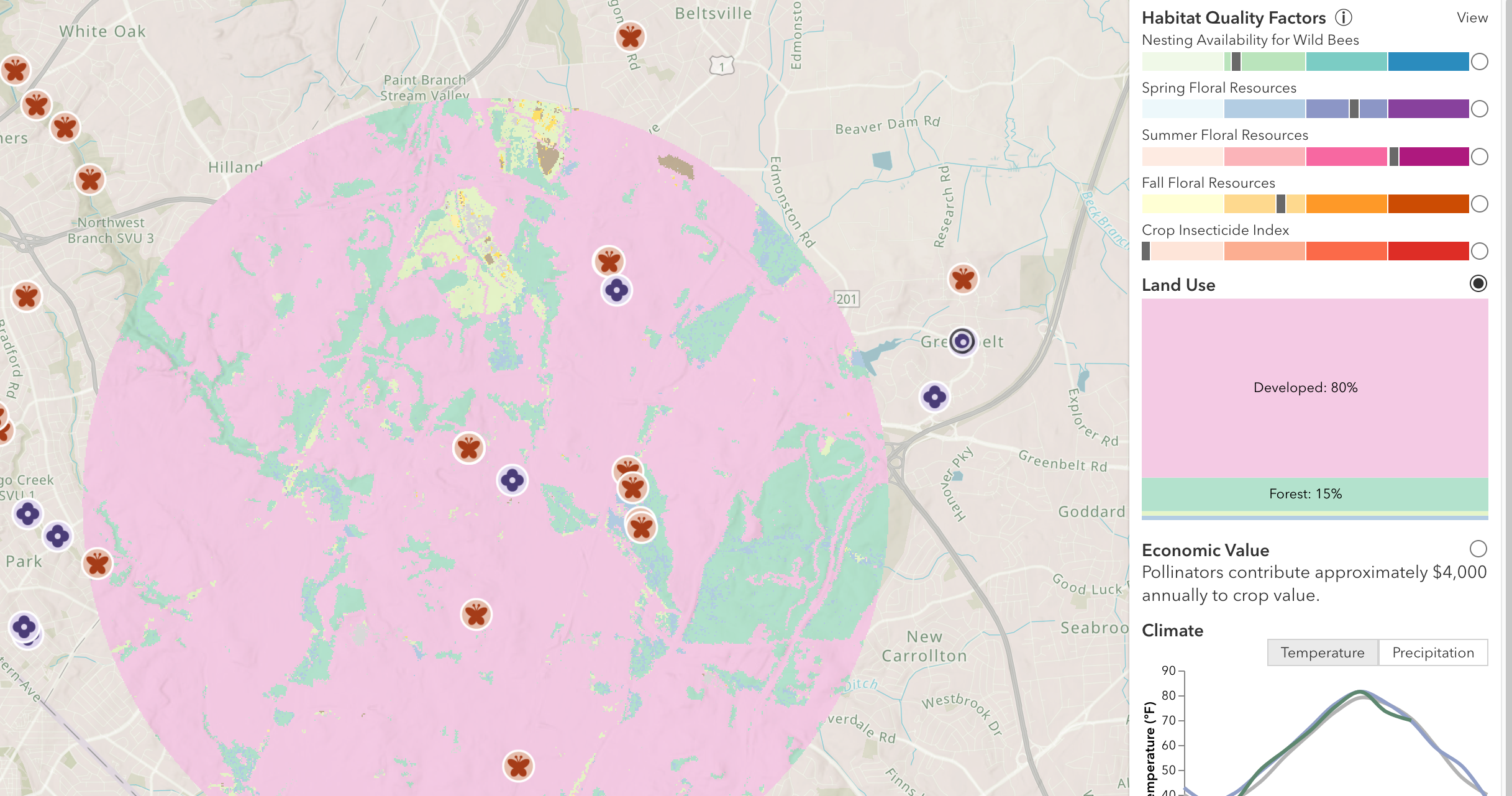Click Here if you listened. We’d love to know what you think. There is even a spot for feedback!
Read along below!
Does Beekeeping Have to Be So Frustrating?
By: David Burns
Anyone who thinks beekeeping isn’t hard hasn’t kept bees very long. From the outside — or through the eyes of a brand-new beekeeper — it looks peaceful, relaxing, maybe even a little whimsical. I know, because I thought the same thing when I started. That fantasy ended the first time I opened my hive and walked away with twelve stings — on the same ankle. Pro tip: the gap between the bottom of your pants and the top of your shoes is basically beachfront property for stingers.
Since then, I’ve burned myself on my smoker, nearly cooked myself inside a bee suit, sliced my hand with a hive tool, and smashed my thumb with a hammer while building frames. My beekeeping resume reads like an injury report. And yet, here’s the funny thing: the honey from your own hive tastes sweeter — because you earned every drop.
I started keeping bees before it was trendy — and long before the internet — so there was no YouTube, no forums, and no instant advice. I was on my own to figure it out. Looking back, those early years are a blur, but I can tell you this: I had no idea what I was doing… for a long time. And it was very frustrating.
Beekeeping became easier for me when I realized beekeeping is less like solving a math problem and more like learning to dance with a partner who doesn’t speak your language and changes the dance routine at will. I wanted beekeeping to be governed by hard and fast rules and known and predictable outcomes. With math the inputs are fixed, and the answer is predictable. If you follow the same steps, you get the same outcome every time. That’s what I tried to make beekeeping early on and it was so frustrating.
Beekeeping doesn’t work like that. No matter how much I try and follow the same procedures, the same inspection routines, same setup, same feeding schedule, same mite treatment I never get the exact same results. One colony is exploding with bees and the other is lagging way behind. One queen is doing great, another one is being superseded. In one hive I can’t keep enough honey supers on and the hive next to it won’t draw out their honey super frames.
I’ve kept bees long enough now to know that the day I think I’ve got it all figured out is the day the bees teach me otherwise. Some of our sharpest minds in beekeeping still sometimes experience colony losses as we saw last Winter. Our brightest entomologists remain puzzled when bees do certain things.
I answer hundreds of beekeeping questions every week, and one theme keeps popping up: the frustration that comes from expecting bees to behave a certain way — only to find out they didn’t get the memo. That’s the heart of why beekeeping can drive you crazy. It isn’t pure science; there’s an art to it, a layer of understanding that only years of working inside the hive can reveal.
Rigid thinking and overconfidence run deep in beekeeping. Too often, our strongest opinions are inherited from other strongly opinionated beekeepers. But the real art of beekeeping isn’t learned in someone else’s shadow — it’s discovered by spending quiet, focused time with your own bees, free from outside influence.
Some beekeepers cling to formulas and other people’s opinions like they’re carved in stone and handed down on a mountaintop. They’re always asking, “What should I do when…?” — and expecting the one perfect answer that magically works in every hive, in every state, in every year since the invention of the Langstroth. If they hear it on YouTube, read it in a forum, or see it in a beekeeping book, it’s gospel. Their beekeeping turns into a paint-by-numbers project: feed here, split there, treat now, and don’t color outside the lines.
The problem? Bees don’t read those same instructions. They’re unpredictable creatures that can change the rules halfway through the game. Following a formula works — until it doesn’t. When the bees toss the “plan” out the window, the opinion-bound beekeeper is left staring into the hive like it’s a crossword puzzle written in hieroglyphics.
The artist-beekeeper? Totally different breed. They still learn from others — there’s plenty of good wisdom worth borrowing — but they also trust their own eyes and instincts. They read a colony like a painter reads light and shadow. They know the same hive can greet you calmly one week and come out swinging the next, all because some unknown conditions changed. They treat schedules like guidelines, not commandments. And they make decisions for these exact bees, in this exact season, in this exact moment much like a chef who adjusts the recipe based on what’s fresh in the garden.
Where the opinion-follower asks, “What does the book say to do next?” the artist-beekeeper asks, “What are my bees telling me right now?” That’s the subtle but game-changing shift — from frustratingly following the rules of the craft to truly creating the art and joy of beekeeping.
In the end, the best beekeepers aren’t the ones who memorize the most rules — they’re the ones who can improvise when the bees throw out the script.
Beekeeping isn’t frustrating for me anymore. Even though I’m an EAS certified master Beekeeper, I’ve learned that I cannot master the bees. Rather, I’m learning to master myself to become a better observer, listener and a better partner in this enjoyable dance.
If you’d like to hear more, follow me on YouTube at: www.honeybeesonline.com/davids-youtube-channel


